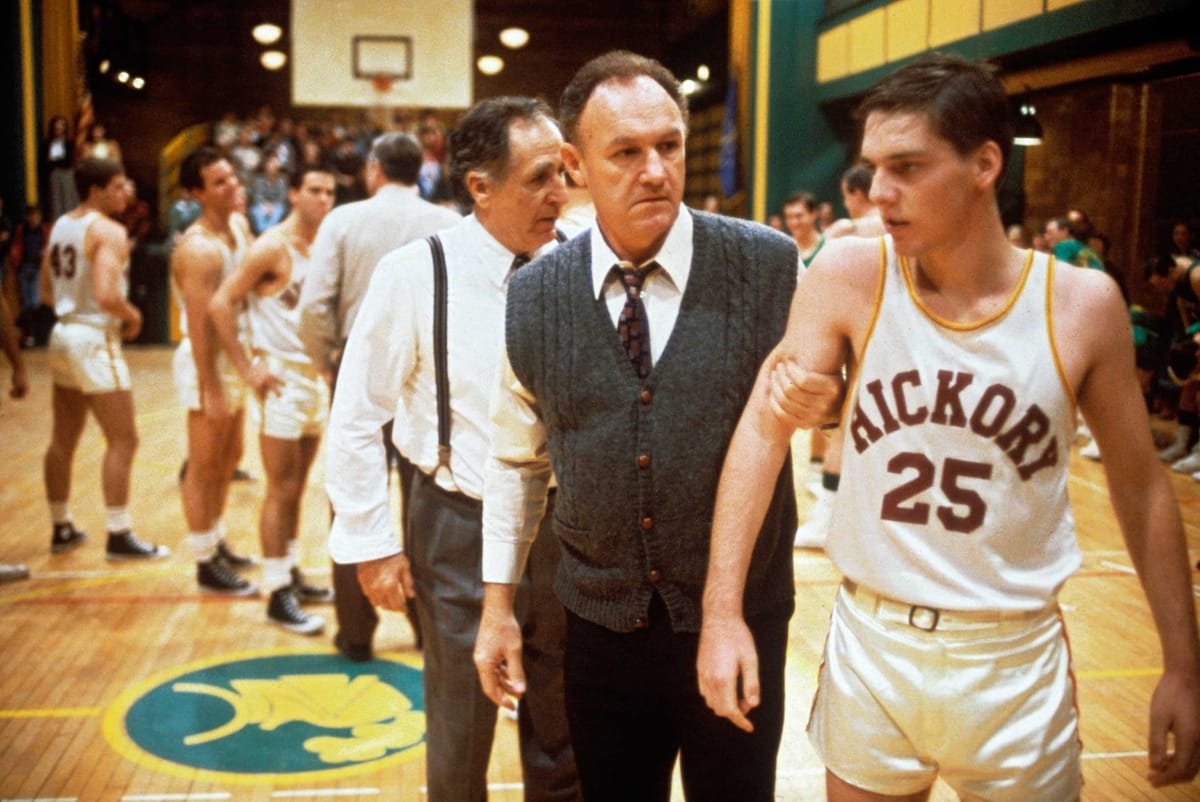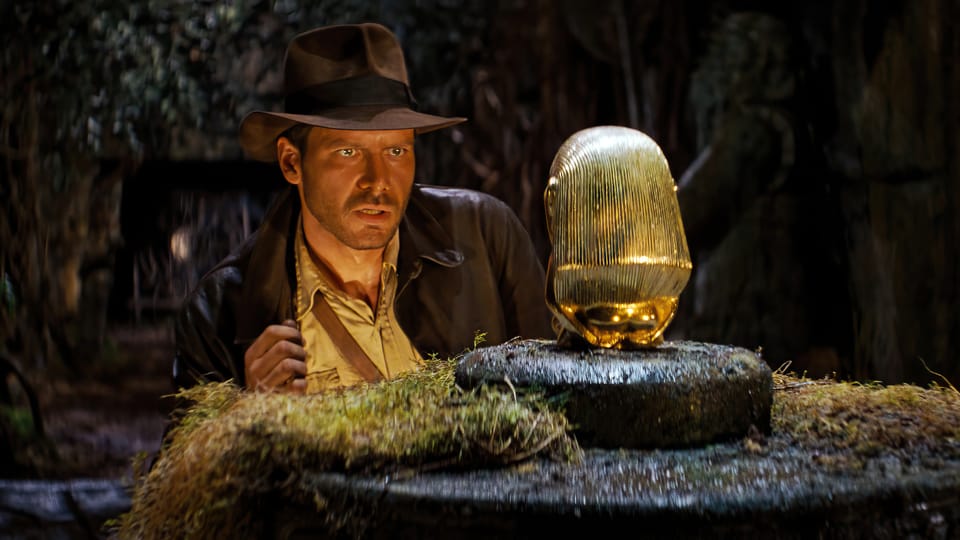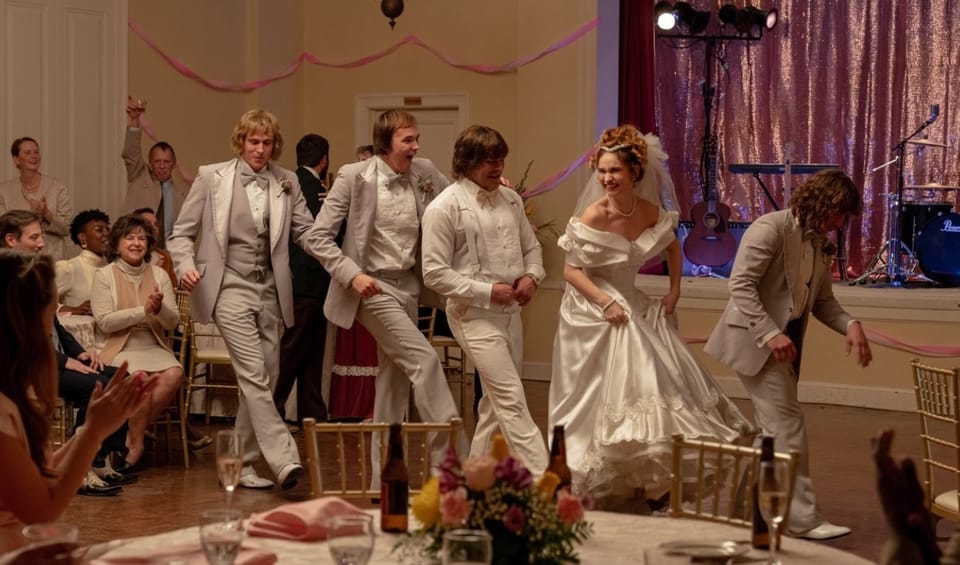Finding The Core Belief: The Impact of the Flat-Arc Protagonist
Stories where the protagonist remains steadfast in their beliefs and, in doing so, changes everyone around them. This is called in some circles... "The flat-arc protagonist."

The Story and Plot Weekly Email is published every Tuesday morning. Don't miss another one.
Much of my teaching focuses on the transformation of the protagonist. While this covers most stories, there are other types of transformation.
As a reminder, I define story in my courses (and how I write myself) as:
The transformational journey of a human being.
There are three types of stories.
1. Those where the protagonist changes for the better.
2. Those where the protagonist remains steadfast in their beliefs and, in doing so, changes everyone around them.
3. Those where the protagonist fails to change or changes for the worse. We call this a tragedy.
Today, we are going to focus on #2. Or, how it is called in some circles... "The flat-arc protagonist."
Never mind the contradiction in terms. This is what we're going with.
Why the flat-arc protagonist is challenging.
First, they can be really boring. They tend to know what the right thing to do is so their choices don't surprise you.
Second, you need to juggle a lot of transformations around them. But these aren't the protagonists, so you don't have as much time to explore those characters. You only get a few story beats to make that transformation satisfying. Often it's just 1) set-up, 2) repeat to establish the pattern, and 3) pay-off.
Third, by not having the character's transformation as your anchor, you have fewer criteria to judge what goes into the story and what stays out.
The good news? All these things can be addressed.
Some Examples.
I am generally less attracted to flat-arc protagonists as a writer but not so as a viewer. I love these characters in movies.
Some quick examples off the top of my head:
- Argo
- Ratatouille
- Prey (2022)
- Hoosiers
These stories have shared qualities that can be duplicated and structured around your own screenwriting.
The protagonist has a core belief.
If the transformation is our spine in stories where the protagonist changes, the protagonist's core belief is the spine in stories where they don't.
In Argo, Affleck's character believed his plan to fake a Canadian movie production was the one and only hope for those trapped in Iran. Eventually, everyone else believed this, too.
In Ratatouille, Remy believed a great chef could come from anywhere, namely him. Others finally agreed.
In Prey, Naru believes she is just as capable as the others, and there is a force out there much stronger than anyone knows. In the end, the others realize this is true.
In Hoosiers, Coach Dale only knows his way to coach basketball. That is, fundamentals, discipline, and defense. By the end, the whole town is on board.
When the protagonist changes for the better, you want to challenge, push, pull, and tempt them away from who they will ultimately be.
In the case of a flat-arc protagonist, you will want to push, pull, and tempt them from their core belief.
Needless to say, you need to have a clear idea of what this core belief is.
That belief comes from somewhere.
We want to motivate this core belief. This can be done by:
The protagonist's community not recognizing their talent or true purpose (Ratatouille, Prey) or by giving the protagonist a back story (Argo, Hoosiers) that shows transformation happened before the movie even started (a redemption story.)
There is also the option of characters that are not technically flat-arc but operate as such after the first act.
Braveheart and Gladiator both come to mind. Both characters suffer an unbearable tragedy that shapes them in the first act but sears them into a flat-arc mode afterward.
Something similar happens with Steve Rogers (my favorite Marvel character) in Captain America: The First Avenger as well. A lifetime forms his belief; he is given extraordinary power in Act 1 and remains true to that core throughout the movie (He will transform in later films.)
The key here is to know where this core belief comes from and/or why they are determined to see it through.
The belief must be challenged.
This is where the internal struggle comes from. If they never blink from this core belief, it's hard to keep their journey compelling. Challenge it; question it.
In Prey, Naru believes herself to be capable and decides that if no one else will take this threat seriously she will. But when she actually sees the Predator at the midpoint, she quite wisely determines that she is in WAY over her head and retreats.
In Ratatouille, Remy is kicked out of the restaurant by Linguini, who says terrible things to him. He wonders if his father was right about humans all along.
Doubts and challenges do not violate the flat-arc trajectory. It's the opposite. They are crucial to the ultimate triumph of the core belief.
As we say in Mastering Structure, the characters don't own anything until they pay for it. And it is your job to make them pay for their core belief by testing it.
This belief will have early believers.
The flat-arc protagonist is rarely alone. They need someone to initially believe in them.
In Ratatouille, it's Linguini. In Argo, it's his supervisor. In Hoosiers, the principle. And in Prey, while Naru's brother believes in her more than anyone else, let's face it, the most unconditional support seems to come from the damn dog.
We will often see another key conversion to the protagonist's core belief around the midpoint as well.
The third act is when everyone believes.
There will be transformations because of the core belief.
Along with conversions to the protagonist's way of thinking, you will also see transformations as a result of the protagonist's beliefs.
In Ratatouille, Remy's father learns to support his son. Does he really care if rats and humans get along and whether a great chef can come from anywhere? Probably not. But he learns to support and believe in his son.
Coach Dale offers a man a second chance, knowing he needed one himself. It pays off. It appears as if a family starts to heal.
In Argo, Alan Arkin's Lester Siegel finds career satisfaction in a completely fictional film.
These transformations are adjacent to the core belief, but they happen because of it.
Have faith in the story.
Every story has its own integrity. Know what that story is and stay loyal to it.
Do not undermine the type of story you are writing by trying to insert an arc when it's not needed.
We can see some change, sure.
At the end of Hoosiers, Coach Dale takes a play call from a player, something he would have never done in Act 1.
But it feels more like a growth in his relationship with his players than a transformation. After all, his way of thinking has won. We're just wondering now if they'll win the state championship or not.
I'm talking about inserting a character transformation because you think you're supposed to.
Argo's last scene is guilty of this. Affleck's Mendez character returns home, realizing he has spent too much time away from his family.
It falls completely flat because it wants to display a character arc that transpired outside of the story's main path.
It robs the audience of a moment of triumph when he is reunited with his wife and son, and instead gives us... contrition. All for the sake of an arc we didn't want and we didn't need.
I love this movie. But I hate this moment.
Do not let the flat-arc protagonist make it plot-driven.
The flat-arc protagonist still needs to make the choices that drive the narrative. The story is still about transformation, just not the protagonist's. Characters still make the decisions that drive the story.
The fundamentals of emotion and relationships still hold
Want to know how much emotion and relationships play a part?
Look at each film's ending:
- Argo | He returns to his family.
- Ratatouille | Enjoying new restaurant with family and friends.
- Prey | Returns home to her family and village.
- Hoosiers | A picture of the championship team and we hear Gene Hackman say, "I love you guys."
Listen to Coach Dale:
You can't do anything without fundamentals.
Spread The Word
Believe it or not, The Story and Plot Weekly Email has only been in existence since April 9, 2023. We're not even eight months old now.
The Email is still young. It is still growing. I have a few strategies up my sleeve to get the word out, but nothing will ever beat a personal recommendation from someone the person knows.
So please, forward, post, share. You can read this email on The Weekly Email site here:
Use this page to share.
Also, did you know that all the past Story and Plot Weekly Emails are published online?
Click here to visit The Weekly Email home page.
That's A Wrap!
For all those in the States, Happy Thanksgiving!
One thing I am grateful for this year is how much I love what I do.
I wish the same for you.
All the best.
Tom
The Story and Plot Weekly Email is published every Tuesday morning. Don't miss another one.
When you're ready, these are ways I can help you:
WORK WITH ME 1:1
1-on-1 Coaching | Screenplay Consultation
TAKE A COURSE
Mastering Structure | Idea To Outline




